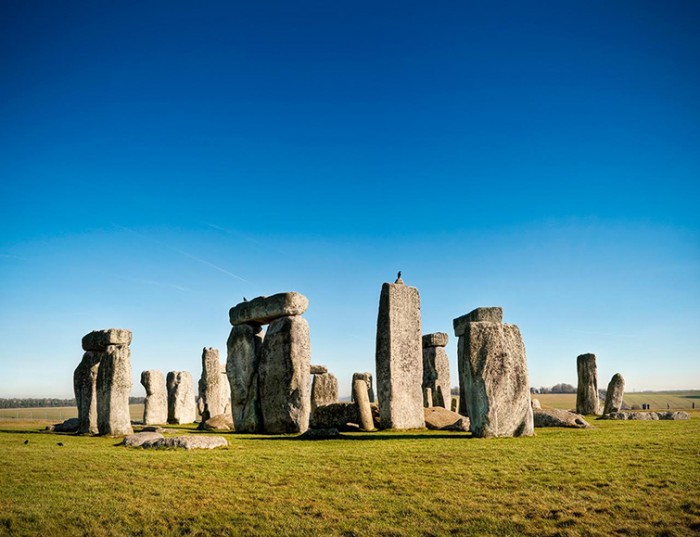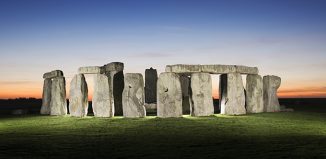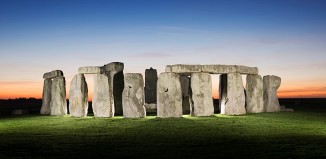Stonehenge under the hammer, 100 years ago
Going, going gone! A century ago, attendant history buffs and antiquarian enthusiasts might have been surprised to hear the auctioneers’ familiar cry when it came to one particular item for sale. Rather than the usual paintings and porcelain, up for grabs on 21 September 1915 at the Palace Theatre, Salisbury, was only the most famous prehistoric monument in the world: Stonehenge. The innocuous sounding Lot 15 had been sold as: “Stonehenge with about 30 acres, 2 rods, 37 perches of adjoining downland.”
A local Wiltshire man, Cecil Chubb, was the bold chap who raised his paddle that fateful day, snapping up the mysterious stone formation for a princely £6,600. Of his buy he said he had not intended to snap up the stones, “but while I was in the room, I thought a Salisbury man ought to buy it, and that is how it was done.” The ultimate impulse buy, it nonetheless set in motion a change in attitude, from neglected ruin to national treasure, as Chubb insisted that his purchase be cared for and conserved properly.
Though a tourist attraction since the Middle Ages, Stonehenge had long been roundly neglected, with visitors chipping off souvenirs to take home with them and even carving their names into the stones, damaging this most strange legacy of the neolithics.
Having been under the care of the Antrobus family since 1800, the family’s estate was divided up and sold at auction after its last heir was killed in World War One. Three years after Chubb made his purchase, he donated it to the nation via The Office of Works, which would later become English Heritage, in 1918, commenting: “I became the owner of it with a deep sense of pleasure… [but] it has been pressed upon me that the nation would like to have it for its own…”. Chubb was duly knighted, and came to be known as Viscount Stonehenge.
English Heritage dedication to the site has not waned in the intervening years; most recently it opened a new visitors’ centre and in 2014, the government announced that it will be investing in a new tunnel to remove the A303 from the Stonehenge landscape.








